
Review: Riedel Bolero
Riedel has a new wireless intercom solution called Bolero.
Bolero operates in the license-free 1.9GHz DECT frequency range. It can be fully integrated into Riedel’s Artist digital matrix intercom platform, and can be used three ways: as a wireless beltpack, as a wireless keypanel, and as a walkie-talkie radio.
Bolero runs over a standards-based AES67 IP network. Decentralised antennas connect to AES67 switches and then to Artist frames equipped with AES67 client cards, providing a point-to-point intercom ecosystem with roaming capabilities. To the system, the beltpacks look just like Riedel panels (albeit a wireless one), providing a high level of flexibility and programmability.
FLOORED BY DECT?
The Bolero voice codec provides both higher speech intelligibility and more efficient use of RF spectrum. Reidel claims it supporting twice the number of beltpacks per antenna for the same audio bandwidth as other DECT-based systems. The codec has low latency characteristics while being efficient with processing power, providing excellent beltpack battery life, and saving DSP processing power for other functions.
Bolero features Riedel’s ADR (Advanced DECT Receiver) technology, a diversity receiver technology specifically designed to reduce sensitivity to multipath RF reflections.
Cleverly, Bolero also uses NFR (near field communication) to speed up the beltpack registration process — just touch the beltpack to the antenna to be on your way.
The beltpacks support Bluetooth 4.1, allowing a smartphone to be connected. When a smartphone is connected, the beltpack can act like a car’s ‘hands-free’ setup so the user can receive calls on their phone and talk and listen via their beltpack headset. Users can also make calls and then connect that person into the intercom matrix, eliminating the need for a telephone hybrid.
BULLET PROOF
Based on Riedel’s rental experience — where product can encounter some serious punishment — the beltpacks use high-impact plastic and rubber overmoulds, to create a tough device with an ergonomic feel that provides easy use and handling. The display can be inverted so that it is readable in any orientation.
The beltpack itself features six buttons for each of the six intercom channels, plus a separate ‘Reply’ button that easily facilitates a reply to the last channel that called. Finally, the beltpack can be used without a headset like a walkie-talkie radio utilising an integrated mic and speaker.
Riedel: (02) 9669 1199 or www.riedel.net
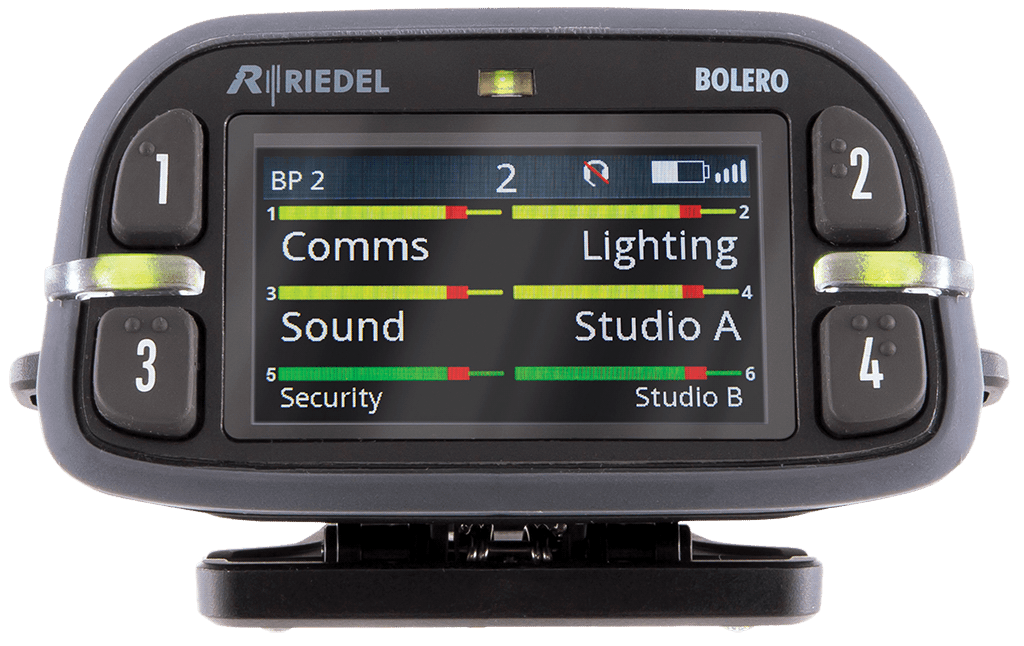
- There are six buttons for six intercom channels or point-to-point communications, plus a separate ‘Reply’ button to contact the last person who called.
- The sunlight readable and dimmable display can be inverted so that it is readable in any orientation.
- Can be used without a headset like a walkie-talkie radio, utilising an integrated mic and speaker.
- Supports Bluetooth 4.1, allowing either a Bluetooth headset or a Smartphone to be connected.
- When a Smartphone is connected, the beltpack can act like a car’s ‘hands-free’ setup so the user can receive calls on their phone and talk and listen via their beltpack headset. Users can also inject phone calls directly into the intercom channels, providing new levels of workflow flexibility.
- Beltpacks use high-impact plastics and rubber overloads, making it both tough and comfortable to use in any situation.
BOLERO: PERFECT 10?
AV AsiaPacific caught up with Reidel’s APAC Director, Cameron O’Neill, for his reflections on why Bolero is such a big deal.
AV AsiaPacific: What are Bolero’s standout features from your perspective?
Cameron O’Neill: The biggest one for me is the RF technology. The Advanced DECT Receiver (ADR) is a new way of receiving and processing the 1.9GHz DECT RF, allowing us to filter out the reflections that have made DECT (and other high-frequency systems) unreliable in areas like convention centres and arenas. Our rental teams were using a lot of Acrobat (as were our customers) and this was one of the major complaints. So we worked hard to fix that. The ADR alone has given us a substantial improvement over Acrobat (and other similar systems), turning venues that were “unusable” into totally acceptable.
Also on the RF side of things is the antenna diversity: not only do we have spatial diversity on both the pack and the cell antenna, we also have directional diversity — the antennae are rotated 90° to each other. This further improves the reflection rejection on the packs.
We’ve also spent a lot of time on the codec (the BV.32 codec ) for three reasons. One is that it is a really lightweight codec, meaning we get double the number of packs per antenna than systems using G.722 (we get 10 beltpacks per cell — even when handing over to multiple cells). It’s also incredibly fast, and we’re seeing about 35ms pack-to-pack latency. This is a massive improvement over Acrobat, and it’s at the point where you can watch someone talking to you and only barely perceive the delay. Lastly, it sounds great. Voice is clean, and tests show that it’s much more understandable than other standard codecs like G.711 and G.722 (even in wideband mode).
AV AsiaPacific: The NFC and Bluetooth features look nifty as well.
Cameron O’Neill: NFC registration between the beltpacks and antennae means rental companies can easily move their pool of packs from one system to another — it’ll save them hours. The Bluetooth connectivity allows you to sync your phone to the pack so you can take calls without removing your headset. Alternatively, you can add that audio to the network, allowing your beltpack to act as a makeshift Hybrid. So there is a lot more than meets the eye when it comes to Bolero!
AV AsiaPacific: If I’m an Acrobat user should I be looking to upgrade?
Cameron O’Neill: You don’t have to move from Acrobat to Bolero, but if you’ve had any issues with RF (like reflections), or if you need a super low-latency system, then maybe it’s worth at least asking for a demo of Bolero.
AV AsiaPacific: Meanwhile, if I’m using an Artist system, Bolero looks to be good addition?
Cameron O’Neill: That’s right, Bolero can be seen as a wireless extension to Artist. If you have an Artist system, all you need to do is install an AES67 card and you’re now talking directly to your Bolero belt packs (compared to running through a CC-8 or CC-60 for Acrobat). You can also think of each Bolero beltpack as a six-key wireless panel that you configure in Director, just like your wired panels. A great feature is that the AES67 card can also talk to wired panels (like the RSP-2318 Smart Panel) or to third-party equipment; it’s not like it’s a dedicated Bolero-only card in your frame.
AV AsiaPacific: What are the advantages in going with AES67 for audio transport?
Cameron O’Neill: We chose AES67 for a number of reasons: Firstly, we wanted our antennae and Artist to be communicating with a full-bandwidth, ultra-low latency system, and AES67 fits the bill here. AES67 is great in that it’s being driven by some of the biggest players in the broadcast industry, and it is the standard for audio interoperability. It’s also been selected as the audio part of the upcoming SMPTE-2110 standard (as SMPTE-2110-30). But the main reason is because it is the most modern transport method that exists on Layer 3; so you don’t really need a specific switch for small systems (and if you’re going large, you only need industry-standard protocols like IGMP Snooping and PTP — which are supported by most modern switches). We have got our AVB connections for Artist and Tango, but the requirement for specialist switches made that a bit of a harder choice for us, and that’s why we’re sticking with AES67.
- Bolero is capable of supporting 10 beltpacks per antenna (thanks to the BV.32 codec) and up to 100 antennas in a single deployment.
- Decentralised antennas connect to AES67 switches and to Artist frames equipped with AES67 client cards, providing a point-to-point intercom system with full roaming capabilities. The more antennas added, the more robust the network becomes.
- The ADR technology is designed to reduce sensitivity to multipath RF reflections, making Bolero useable in challenging RF environments where other systems have great difficulty.

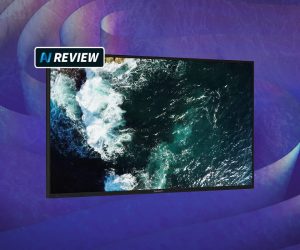
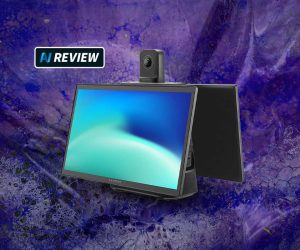
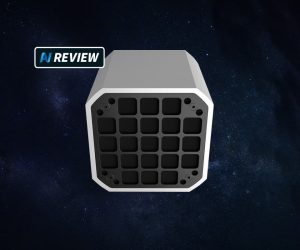

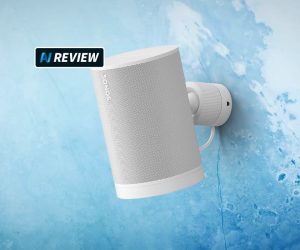
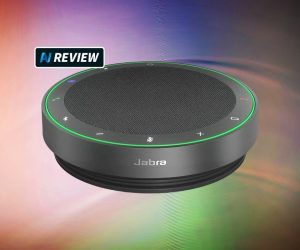
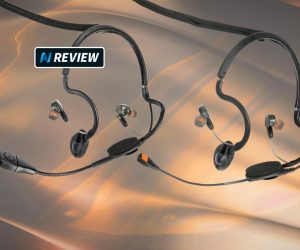
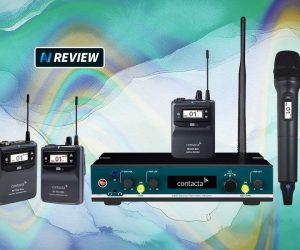

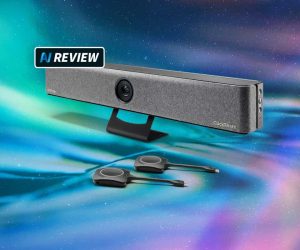
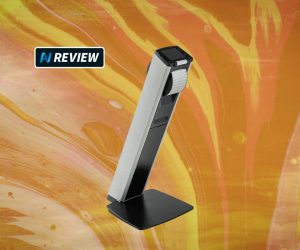
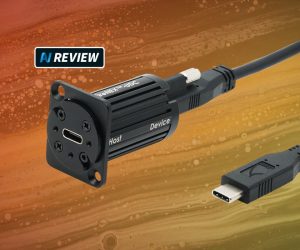


RESPONSES